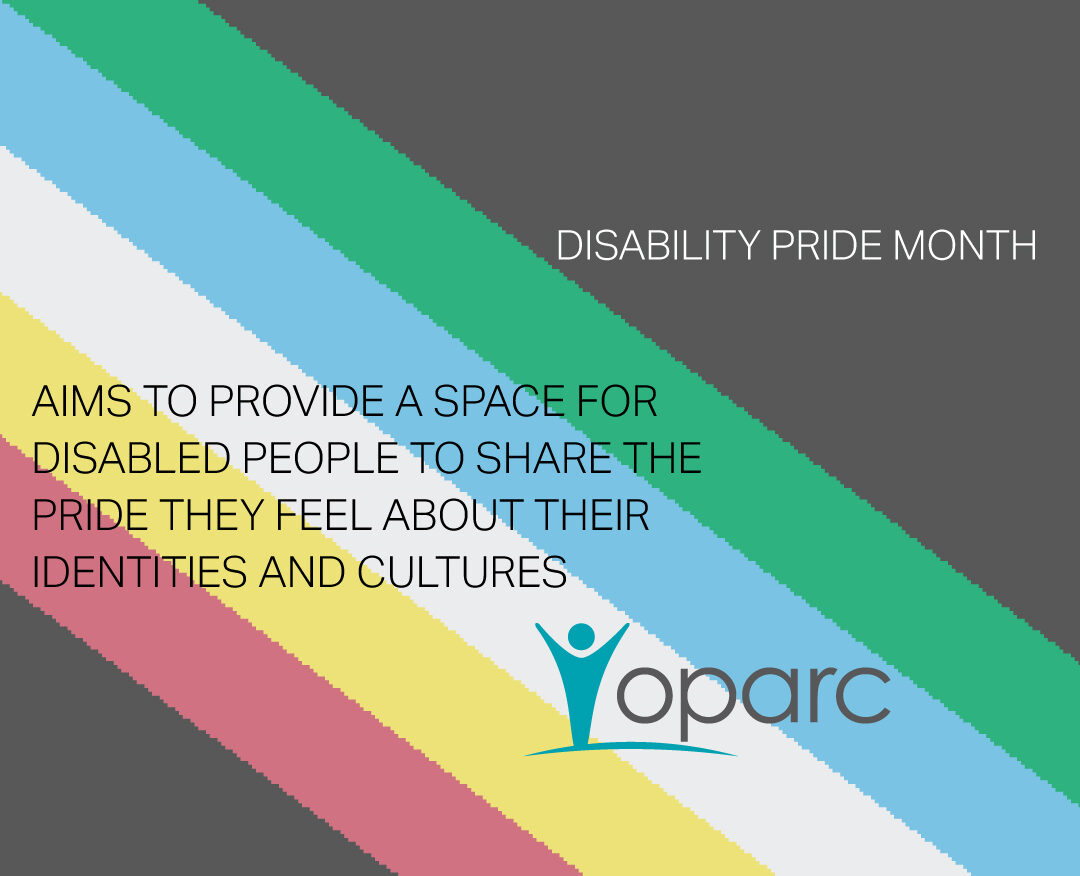
In the month of July, Americans with disabilities celebrate Disability Pride Month across the United States. Disability Pride Month (which is not limited to just a month) is an opportunity for people to embrace their disabilities and recognize the history, experiences, achievements, and hardships of the disability community. July is also the anniversary of the Americans with Disabilities Act (ADA), a landmark legislative act that transformed the lives of millions of Americans with disabilities.
The Flag
The design of the Disability Pride Flag has undergone changes to embrace a greater sense of inclusivity towards diverse disabilities. The updated flag now incorporates stripes that symbolize solidarity among different communities. These stripes are arranged in a straight diagonal pattern, serving as a representation of overcoming the barriers that disabled individuals encounter. Additionally, this arrangement aims to evoke the concept of light piercing through darkness, symbolizing hope and progress. The parallel stripes start from the top left, known as the Canton or place of honor, and extend to the bottom right corner, known as the Fly, representing the broader world. This diagonal placement serves as a contrast to the vertical walls and horizontal ceilings that often isolate disabled people, emphasizing the flag’s message of breaking down those barriers. The design was created to include all 6 international colors, demonstrating that disabilities are far reaching and affect people across the globe. The colors are also muted and arranged to accommodate those with certain disabilities.
Right to left, the colors represent:
- Green: Sensory Disabilities
- Blue: Emotional and Physical Disabilities
- White: Non-visible and Undiagnosed Disabilities
- Gold: Neurodiversity
- Red: Physical Disabilities
The Celebration
Disability Pride Month was first celebrated in 1990 – the year that the Americans with Disabilities Act was signed into law. Signed into law by George H. W. Bush , the ADA prevents discrimination against people with disabilities in all areas of public life including: jobs, schools, and all places, public and private, that are open to the general public. The purpose of the ADA is to ensure that people with disabilities have the same rights and opportunities as everyone else. Accessibility is a paramount topic and a core principle that OPARC operates on.
In 1950 a group of mothers in the Inland Empire with children that had disabilities teamed up to form OPARC. They believed that their children deserved the same opportunities as everyone else. Since then, OPARC has been supporting families and the community to help adults with intellectual/developmental disabilities reach their full potential.
Today, OPARC remains committed to the core principles of the ADA, ensuring inclusivity and equal opportunities for all. Building on the work of those mothers in 1950, we continue to work tirelessly in advocating for the rights of individuals with intellectual and developmental disabilities. Through our wide range of programs and services, we seek to empower these individuals, helping them integrate into the community, and providing them with the tools they need to achieve their fullest potential. By doing so, we honor the legacy of the ADA and the brave individuals who fought for its creation, and reaffirm our commitment to a world where disability does not limit opportunity.

Join OPARC in celebrating Disability Pride Month and the 33rd Anniversary of the ADA. Learn more about Disability Pride Month and the Americans with Disabilities act below

